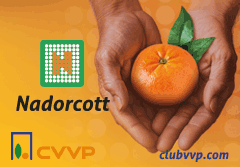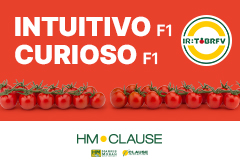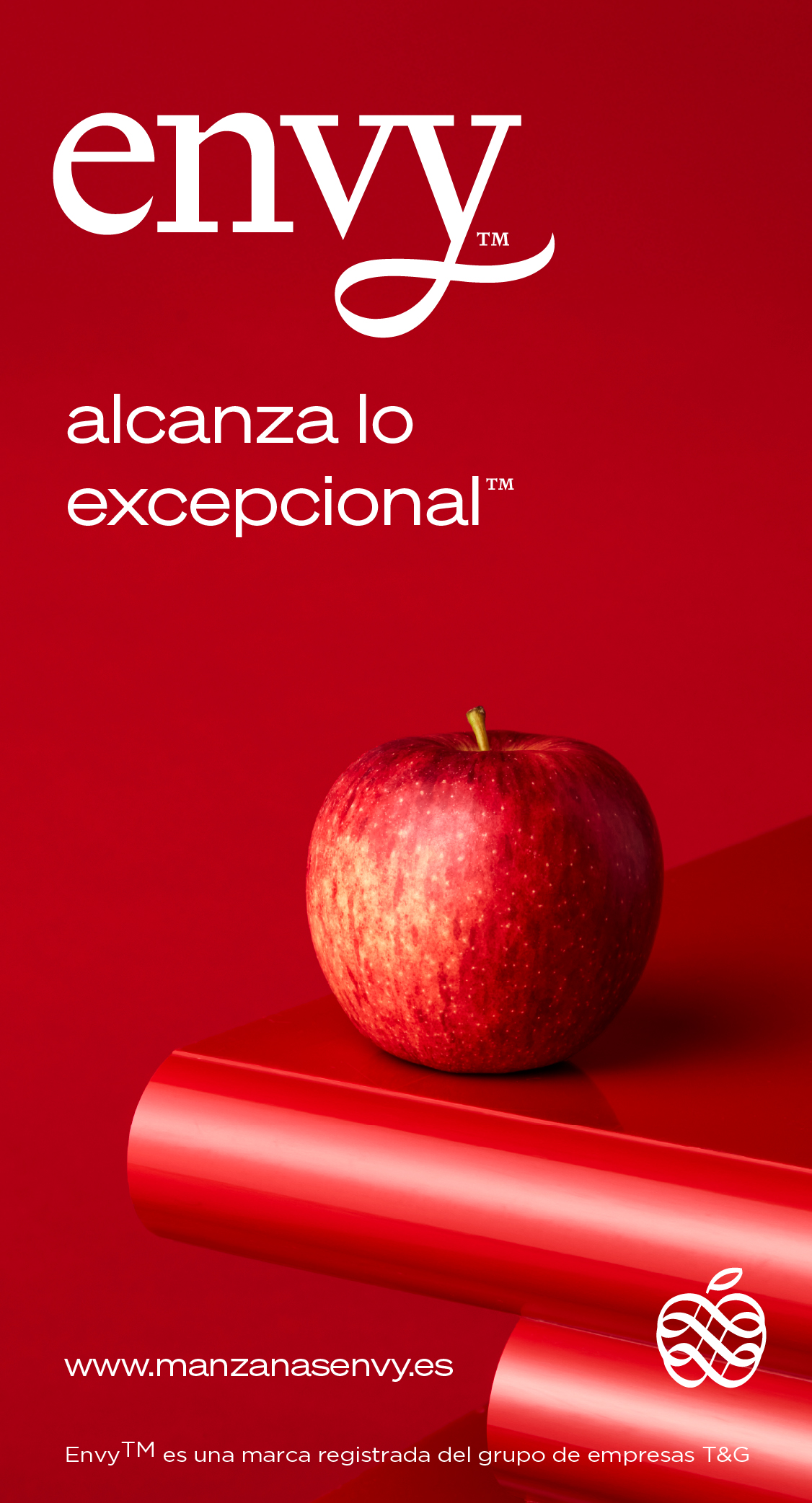The colour wavelength of the adhesive strip and the quality of the glue are making Koppert’s chromotropic traps unrivalled.
The adhesive strips that Koppert is marketing under the brand Horiver® have shown an unbeatable efficiency percentage in fruit and vegetable greenhouses, particularly in catching Trips and whitefly, two of the most significant pests in south-eastern Spain.
The latest trials carried out in commercial greenhouses confirm that the blue Horiver® strip, especially designed to control Trips, manages to catch 400% more adults than other solutions on the market. The data obtained in the fields also confirms a higher efficiency in yellow Horiver® to control whitefly, managing to catch up to 50% more adults.
The high efficiency rate of Horiver® is a direct result of years of research and development carried out by Koppert, honing the three key factors that have made it into the most efficient adhesive strip on the market. In the first place is the top-quality glue to ensure the greatest number of catches in a wide range of temperature and humidity conditions. In second place is the identification of the wavelength that attracts each pest most for each colour of the adhesive strip. And in third place is the durability of the material used to manufacture it in order to avoid having to replace it frequently.
Horiver® is marketed in three colours: yellow for whitefly; blue for Trips and black for tomato leafminer. The adhesive strips for controlling whitefly and Trips are available in the following formats: 10×25, 20×25 and 40×25 cm. The black strips for tomato leafminer are only available in the 40×25 cm format.
The adhesive strips, or chromotropic traps are very important in any biological control strategy because they have a double function: for monitoring pest levels and for mass catching of adults. Their degree of efficiency depends to a large extend on their correct positioning, always in terms of the farm’s characteristics and the pest population level. Koppert recommends positioning them even when there are no crops growing, for preventive reasons.
























